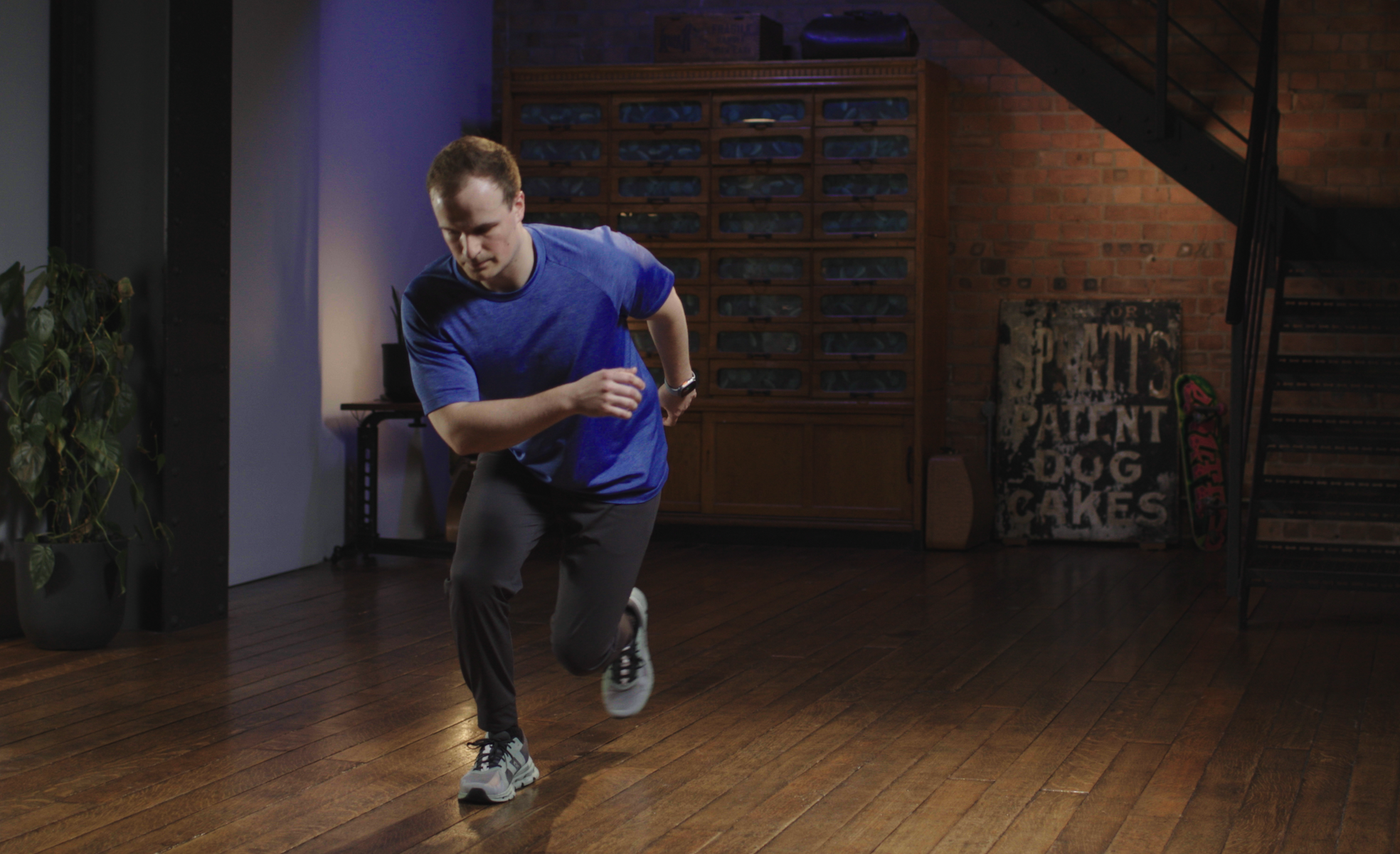This Overlooked Part of Aging Could Cost You Your Independence
Age-related muscle loss gets lots of attention, but did you know that the drop-off in strength and power is even greater?
As we age past mid 30s, without intentional exercise, we lose roughly 3-8% of our muscle per decade.
Strength declines by an average of 10% per decade, while power decreases by a whopping 17%.
This means that by the time you reach 70, you could have only 60% of the strength you had in your 30s and less than half the power.
Losing strength and power affects your daily independence - not just lifting heavy things, but getting out of a chair, climbing stairs, or moving quickly when needed, such as to catch yourself if you trip.
Without enough strength, even simple tasks like rising from the toilet, carrying groceries, or maintaining balance on uneven ground become harder.
This decline doesn’t just affect daily tasks - it limits your ability to enjoy life.
Hobbies like hiking, gardening, or traveling become more difficult. Weakness also raises the risk of arthritis, osteoporosis, heart disease, and even cognitive decline, reducing both lifespan and quality of life.
Falls are also a major concern - 1 in 4 adults over 65 falls each year, and 95% of hip fractures are caused by falls.
Even more alarming, 30% of older adults who break a hip die within a year due to complications like infections, reduced mobility, and loss of independence.
The good news? You can slow or even reverse this decline with some strength- and power-specific training within your exercise routine.
Here are 5 practical ways to maintain and even build strength and power through midlife and beyond:
Don’t Be Afraid to Lift Heavy (Safely & Progressively)
Your muscles, joints, and bones need a reason to stay strong. Train with challenging weights (around 70 - 85% of your max) for 3–6 reps per set a few times per week.
To maximise strength safely, prioritise compound machines like the leg press and chest-supported row, which provide external stability so you can push more weight with less strain.
Train for Power, Not Just Strength
Strength is how much you can lift - power is how fast you can produce force. To train power, include a few explosive movements like jumps, kettlebell swings, or medicine ball throws.
This doesn’t need to be complicated - a few sets of fast ball slams or broad jumps is plenty.
Prioritise Single-Leg & Stability Work
Falls often happen when you’re off balance or unable to react quickly. Strengthen stabilising muscles with single-leg exercises (split squats, step-ups) and include reactive drills like lateral lunges or quick step movements.
These improve coordination and control, making everyday movements safer and easier.
Don’t Neglect Mobility & Flexibility
Stiff joints and tight muscles can limit movement efficiency and power output. Spend 5–10 minutes daily on hip, ankle, shoulder, and spine mobility (deep squats, lunges, overhead reaches, rotations) to maintain your full range of motion.
Click here to download my free video series where I break down the 20 best mobility exercises you should be doing for a long healthy life.
Stay Consistent & Adjust for Your Body
Training through midlife and beyond means working with your body, not against it. If heavier barbell exercises feel rough, try trap bars, dumbbells, or machines.
If jumping is tough, swap it for fast step-ups or sled pushes instead. Adapt, but don’t stop.
The Takeaway?
Strength and power aren’t just for athletes - they’re the key to a long, capable, and independent life. Train smart, train consistently, and don’t let age dictate your limits.
If you're interested in working one-to-one with me to transform your health and build a body that lasts, click here:
And as always, feel free to drop me a message if you have any questions.

